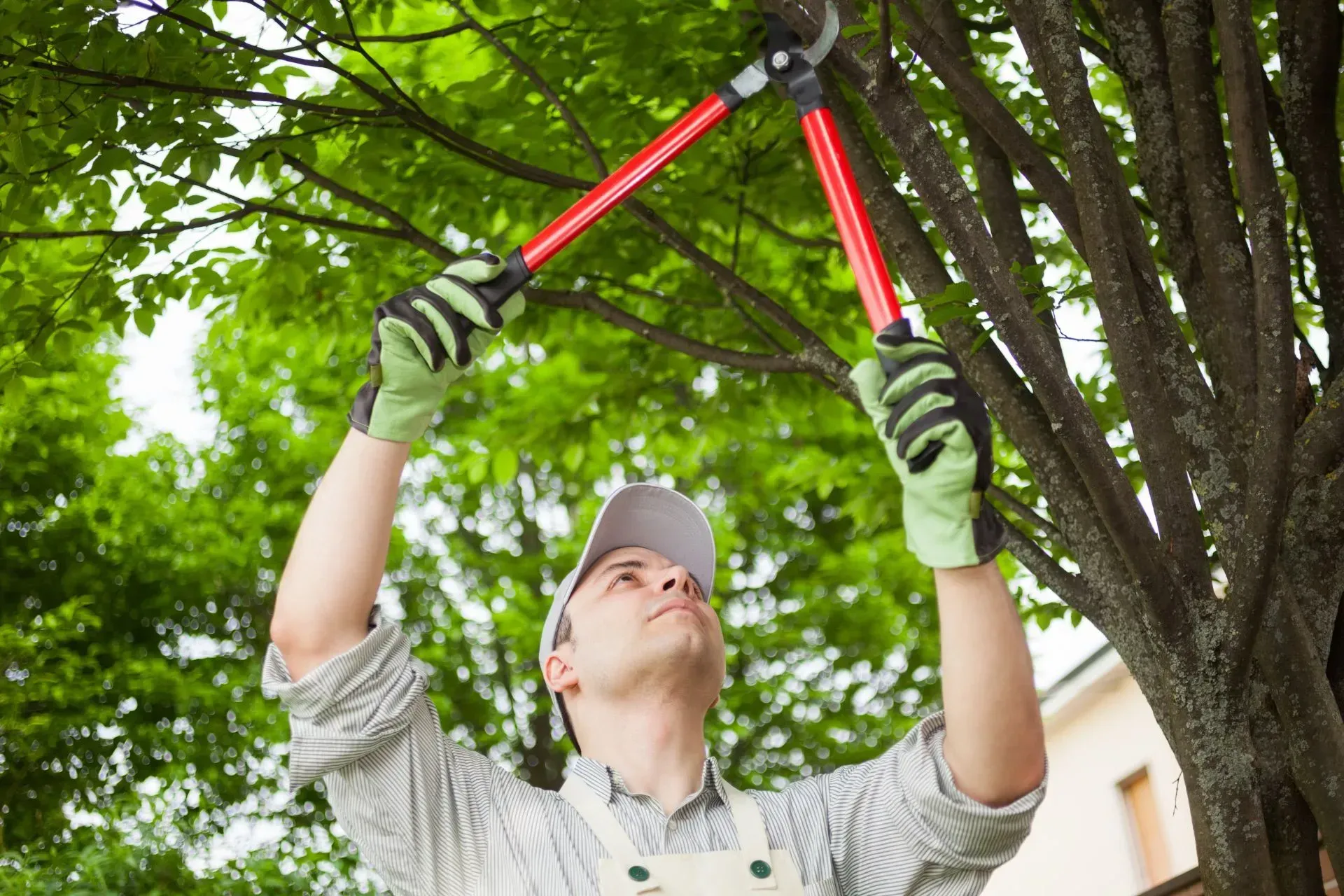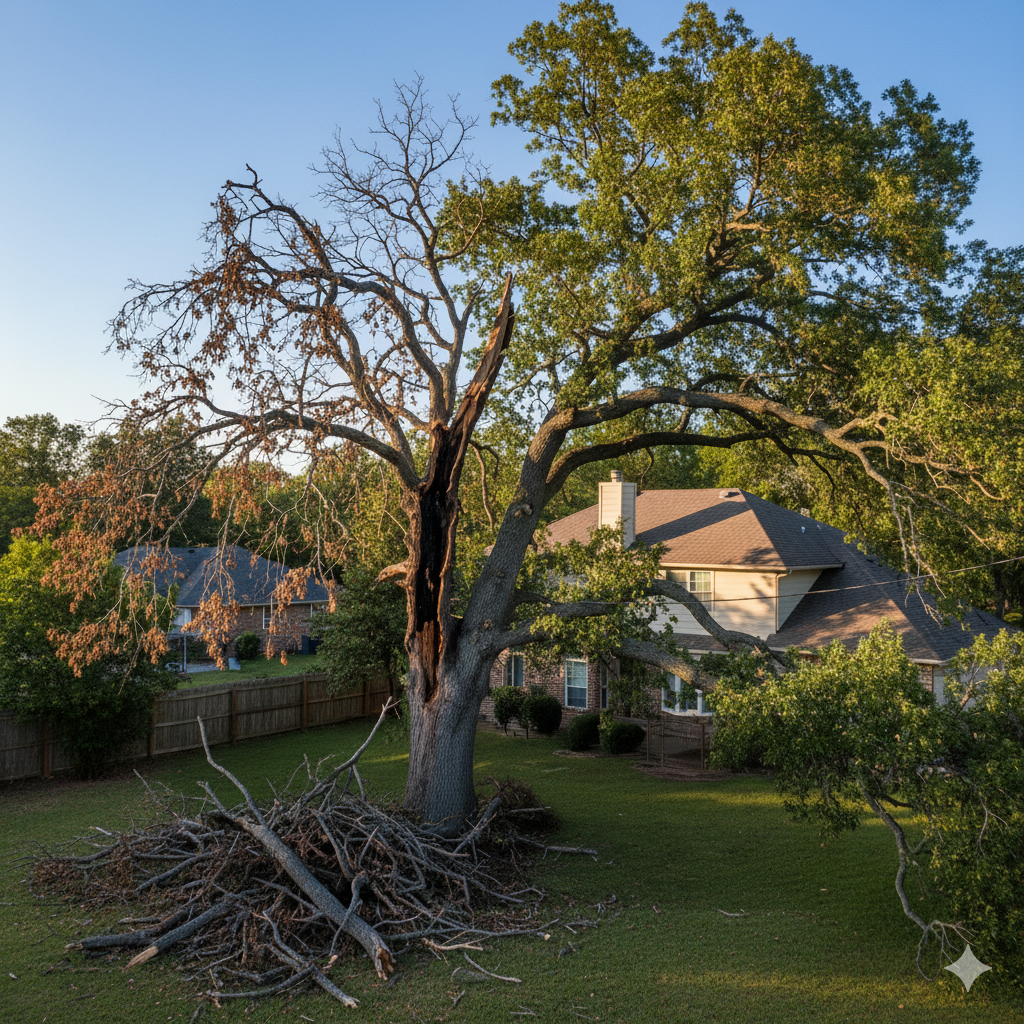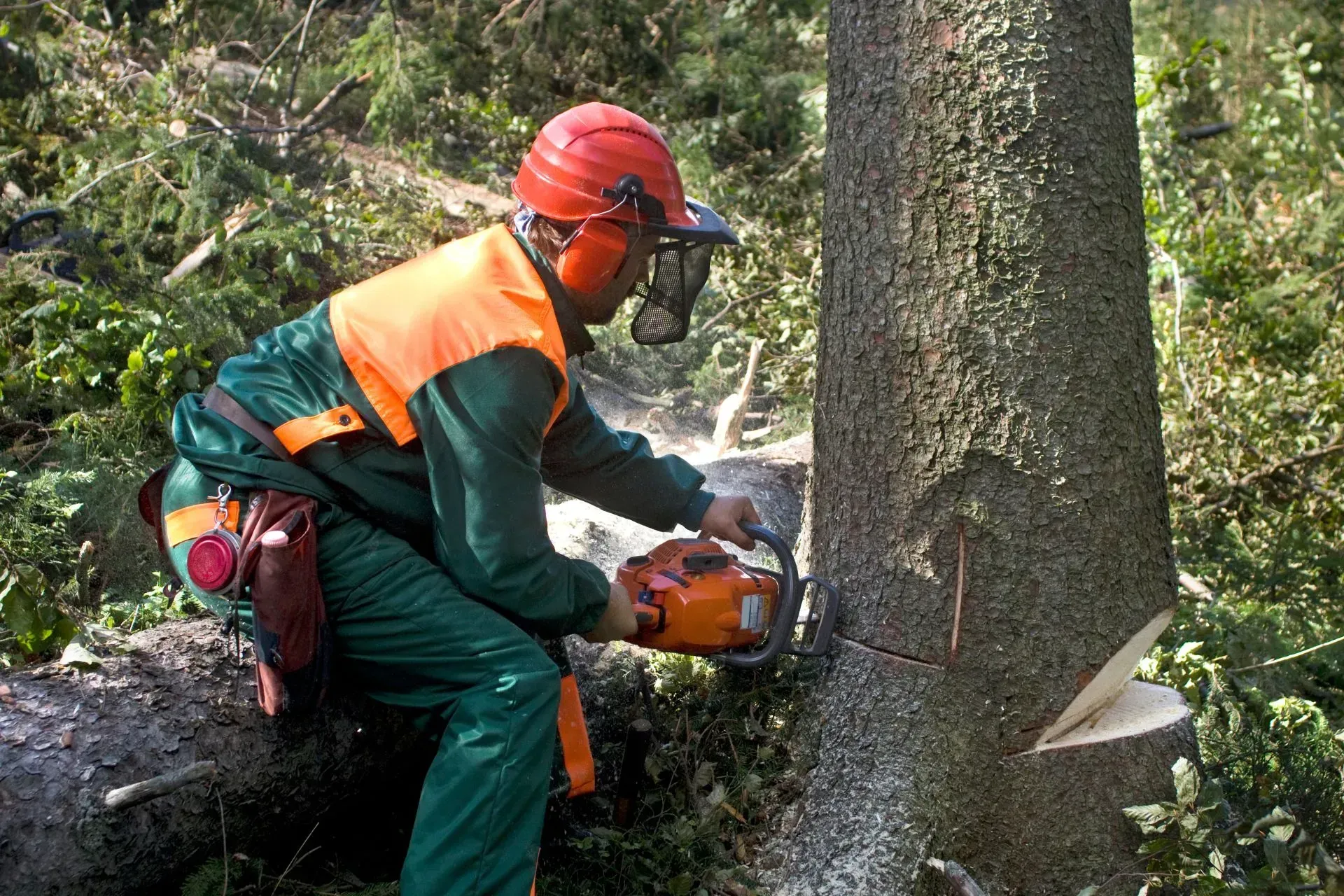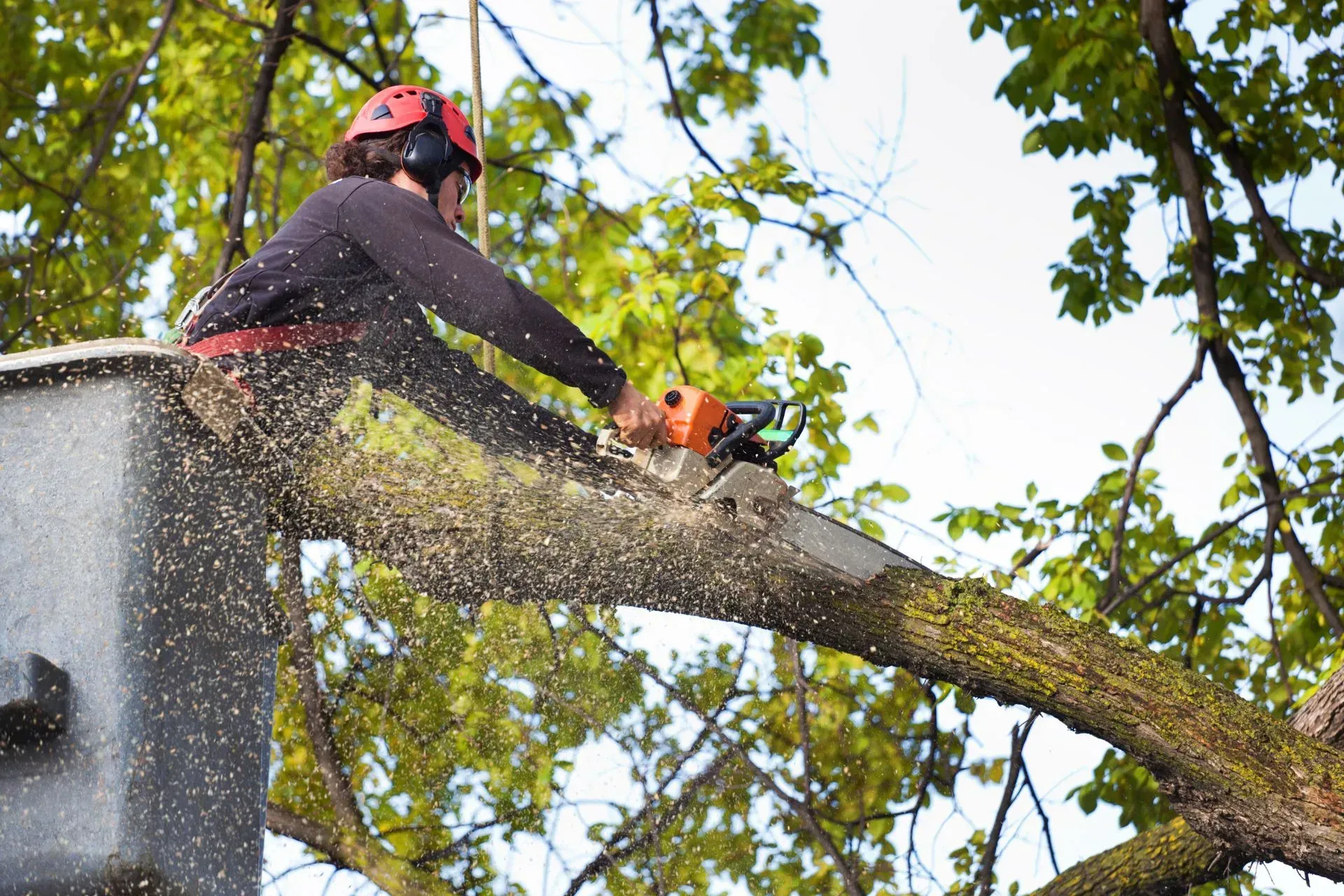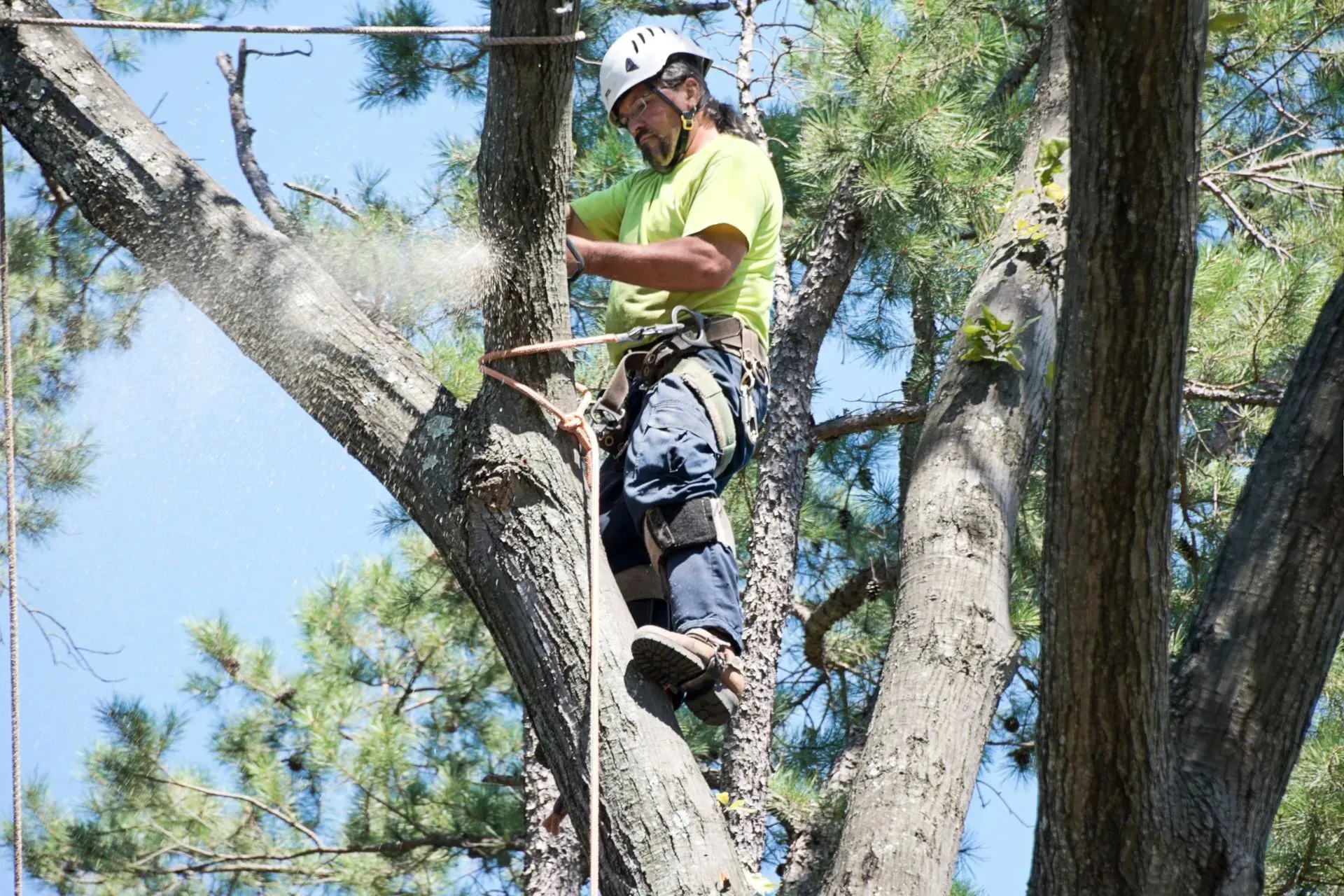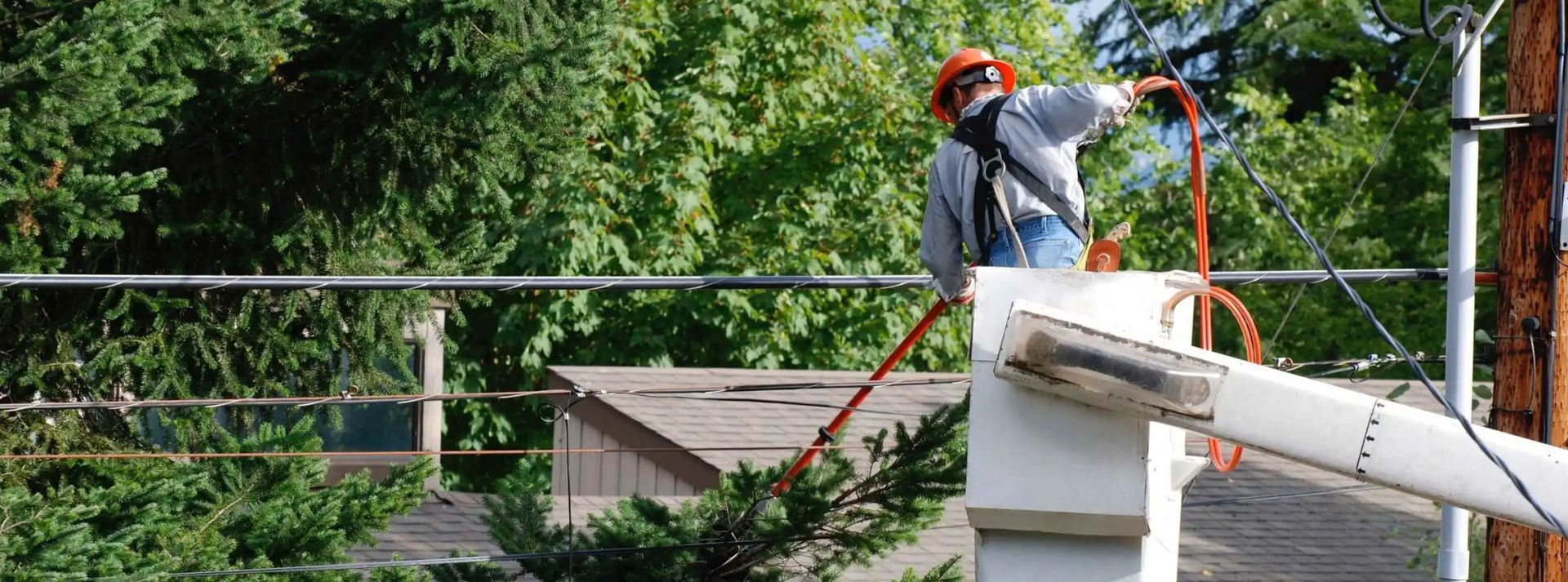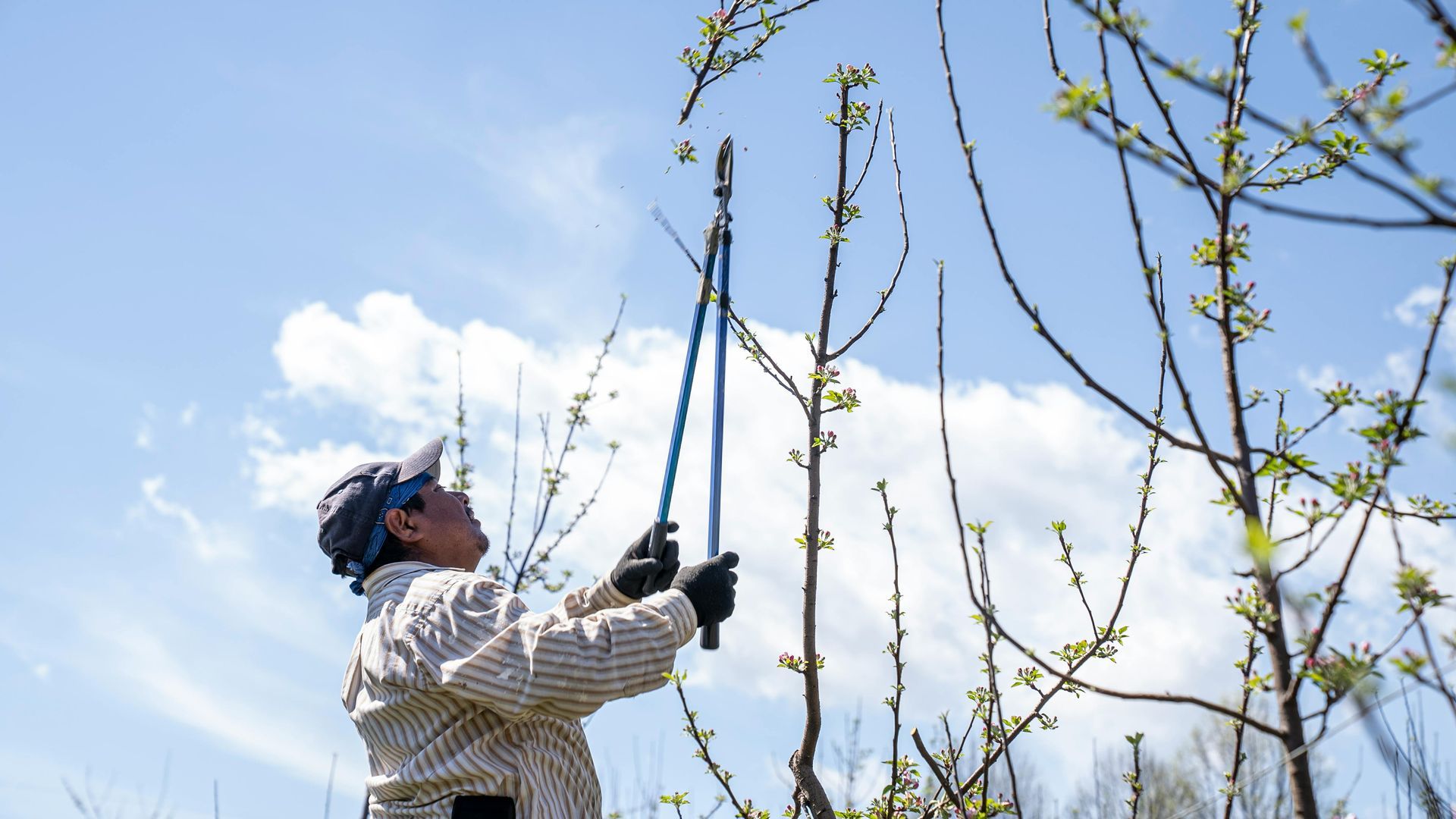From Stunted to Strong: Solutions for Common Tree Growth Issues
Have you ever looked at a tree in your yard and wondered why it’s not flourishing? Perhaps its leaves are yellowing, its growth seems stagnant, or it just lacks the vibrant life you see in other trees. You're not alone. Many homeowners face the challenge of stunted tree growth, a frustrating issue that can detract from the beauty and value of their property. But don’t despair! Understanding the root causes of these problems is the first step toward transforming your struggling trees into strong, healthy specimens.
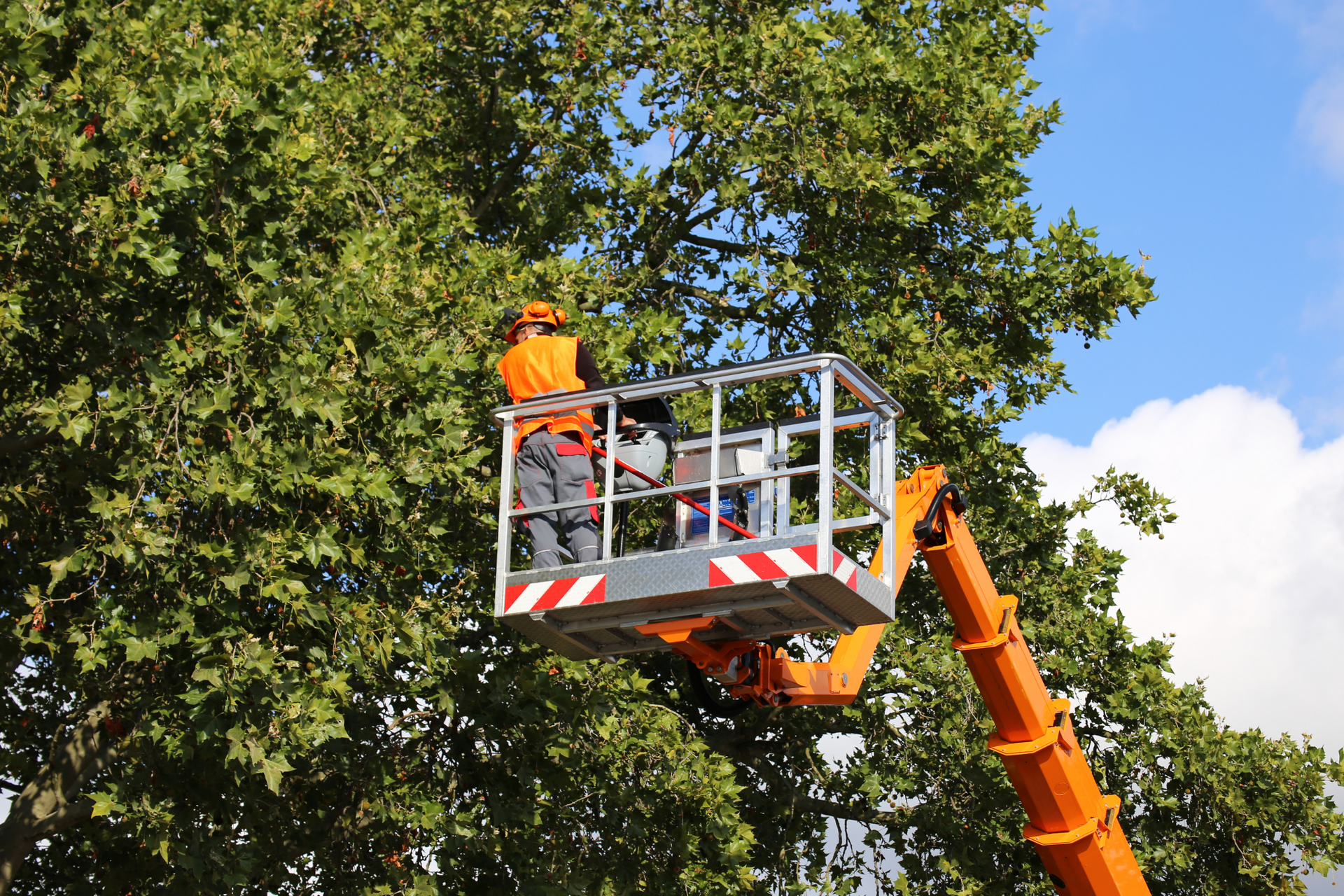
Decoding the Distress Signals: Signs of a Struggling Tree
Trees have their own way of telling us when something is wrong. Recognizing these signs early on can make a significant difference in their recovery. Here are some common indicators that your tree is facing growth issues:
- Yellowing Leaves (Chlorosis): This is often a tell-tale sign of nutrient deficiencies, particularly a lack of nitrogen or iron.
- Stunted Growth: If your tree isn't showing noticeable growth from year to year, it's a clear red flag that something is amiss.
- Sparse or Thinning Canopy: A healthy tree should have a full, dense canopy of leaves during its growing season. Gaps or thinning foliage can indicate underlying problems.
- Premature Leaf Drop: Losing leaves outside of the normal autumn cycle is a sign of stress.
- Dieback: The progressive death of twigs and branches, often starting at the tips, is a serious symptom of distress.
Getting to the Root of the Problem: Common Causes of Poor Tree Growth
Several factors can contribute to a tree's failure to thrive. By identifying the specific cause, you can implement the right solutions to nurture your tree back to health.
1. Poor Soil Quality and Compaction
Just like any living thing, trees need a healthy environment to grow, and that starts with the soil. Healthy soil provides the essential nutrients, water, and oxygen that tree roots need to thrive. When soil is compacted from foot traffic, construction, or heavy machinery, it restricts root growth and limits the movement of air and water. This can lead to a slow decline in the tree's health, making it more susceptible to pests and diseases.
Solution: Aerating the soil around the tree can help alleviate compaction. Adding a layer of organic mulch, such as compost or aged wood chips, can also improve soil structure and fertility over time. For more severe cases, professional tree services can provide deep root fertilization to deliver nutrients directly to the root zone.
2. Improper Watering Techniques
Water is essential for a tree's survival, but both too much and too little can be detrimental. Inadequate watering can lead to drought stress, causing leaves to wilt and drop. Conversely, overwatering can suffocate the roots, leading to root rot and preventing the uptake of essential nutrients.
Solution: The key is deep, infrequent watering. Instead of a light sprinkle every day, aim for a slow, deep soak that saturates the soil to a depth of 12-18 inches. For newly planted trees, more frequent watering is necessary, typically one to two times per week during the growing season. A simple way to check soil moisture is to use a trowel or your finger; if the top few inches are dry, it's time to water.
3. Nutrient Deficiencies
Trees require a variety of nutrients to grow strong and healthy. When these nutrients are lacking in the soil, it can lead to a host of problems, including yellowing leaves and stunted growth. Common nutrient deficiencies include:
- Nitrogen: Results in yellowing of older leaves and poor overall growth.
- Iron: Causes yellowing between the veins of new leaves, a condition known as iron chlorosis.
- Magnesium and Potassium: Can lead to browning or curling at the leaf edges.
Solution: A soil test can help you identify specific nutrient deficiencies. Based on the results, you can amend the soil with the appropriate fertilizers. Slow-release fertilizers are often a good choice as they provide a steady supply of nutrients over time.
4. Pests and Diseases
Pest infestations and diseases can significantly weaken a tree, robbing it of vital nutrients and energy. Common culprits include sap-sucking insects like aphids, wood-boring beetles, and fungal diseases like powdery mildew and root rot.
Solution: Regular inspection of your trees can help you spot the early signs of pests and diseases. For minor infestations, you may be able to manage the problem with horticultural oils or insecticidal soaps. However, for more serious issues, it's best to consult with a certified arborist. They can accurately diagnose the problem and recommend the most effective treatment, which may include targeted pesticides or fungicides.
5. Environmental Stress
Factors such as extreme temperatures, high winds, and pollution can all take a toll on a tree's health. Additionally, trees planted in unsuitable locations, such as too close to a building or in an area with poor drainage, may struggle to thrive.
Solution: When planting new trees, it's crucial to choose a species that is well-suited to your local climate and soil conditions. For existing trees, providing a layer of mulch can help moderate soil temperature and conserve moisture. In areas with high winds, staking young trees can provide additional support.
Nurturing Your Trees for a Thriving Landscape
By taking a proactive approach to tree care, you can address common growth issues and ensure your trees remain a beautiful and valuable asset to your property for years to come. Remember, a healthy tree is a happy tree, and with a little knowledge and effort, you can help your trees go from stunted to strong.
Frequently Asked Questions
Why are the leaves on my tree turning yellow?
Yellowing leaves, or chlorosis, can be caused by a variety of factors, including nutrient deficiencies (commonly nitrogen or iron), improper watering (both too much and too little), soil compaction, or root damage. A soil test can help determine if a nutrient deficiency is the culprit.
How often should I water my newly planted tree?
Newly planted trees require more frequent watering to help them establish their root systems. A general guideline is to water one to two times per week during the growing season, ensuring the soil is soaked deeply. However, always check the soil moisture before watering to avoid overwatering.
Can a stunted tree recover?
Yes, in many cases, a stunted tree can recover with proper care. The key is to identify and address the underlying cause of the stress, whether it's poor soil, improper watering, nutrient deficiencies, or pests and diseases. It may take time, but with consistent care, the tree can often regain its health and vigor.
